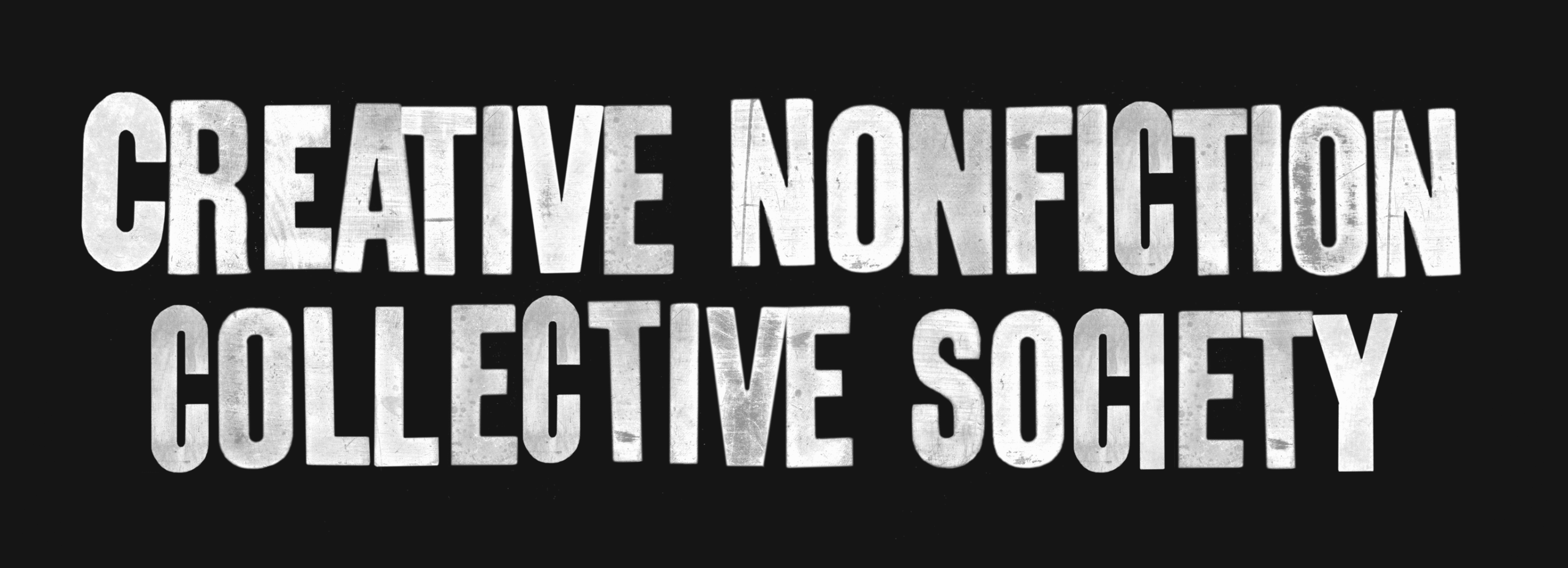Betsy Warland, Lost Lagoon/ lost in thought (Halfmoon Bay, BC: Caitlin Press, 2020). Paperbound, 86 pp., $20.00
By Susan Olding
In February, 2020, a month before the pandemic upended the ordinary patterns of many people’s lives, Betsy Warland took me for a stroll around Lost Lagoon, in Vancouver’s Stanley Park. I had walked there before, alone and with other friends. I knew where the herons liked to stand and wait for their prey. I’d seen the mallards and Canada Geese and the clever crows that frequent the pond. But I lived in a different part of the city. Mine was a tourist’s relationship to the place. Betsy’s relationship was intimate and familial—tender and fierce, in the way that all our closest family relations are. She knew the Lost Lagoon’s history. She knew its glories and its griefs. She even knew its secrets—some of them, at least. And she knew these things in her bones, because she had absorbed them in her daily walks around the pond’s perimeter. Attending to the creatures and plants that make up the Lagoon’s fragile and ever-threatened ecosystem taught Betsy “how quickly elation can morph into elegy,” and just how crucial it has become for humans to decentre ourselves to protect the planet.
Lost Lagoon/ lost in thought was published as prose poetry, but it reads equally well as essay, meditation, or quiet but insistent manifesto. In that way, it’s kin to several difficult-to-categorize narratives that have appeared in the last decade, from Jenny Offill’s Department of Speculation and Weather to Heidi Julavits’s The Folded Clock and Sarah Manguso’s Ongoingness. Variously labeled as fiction, creative nonfiction, hybrid, flash memoir, prose poetry, or something else, what these books share is their structure of short, episodic sections, their tendency to foreground the process of their own composition, their preoccupation with time, and the ways they play with or draw attention to point of view.

Written in fifty-five segments plus a postscript, Lost Lagoon/ lost in thought follows a deliberately unnamed narrator’s mental and physical peregrinations around her neighbourhood pond throughout a five-year period. During that timeframe, she calculates, waterfowl decreased in number and variety by roughly two-thirds, many mammals disappeared, and the primary creek feeding into the lagoon became a wetland meadow. Besides the narrator, the main characters in the story are the birds and animals who make the area their home, including crows, coots, swans, turtles, raccoons, and beavers; one or two other humans who are defined or define themselves in relation to these creatures (the Swan Lady and the Beaver Lady); and the tutelary spirit of poet-performer E. Pauline Johnson, who used to paddle her canoe in Lost Lagoon before settlers cut it off from the ocean to build a highway—back in the late nineteenth century, when it was still a small cove. Very little “happens” in this book, in the sense of plot, but a great deal happens in the minds, hearts, and bodies of the beings who inhabit and visit this place, including the destruction of their homes and the deaths or disappearances of creatures close to them. And, in Lost Lagoon/ lost in thought, the death or disappearance of a beaver or a swan is a loss as deep and disquieting as the death of a human friend. To the tenderly attentive eye of the unnamed narrator (the Human), nothing is insignificant or unremarkable.
Well aware of the long tradition of nature writing by settlers—early in the book, the narrator recalls a trip to Thoreau’s Walden Pond—Warland hopes to complicate that tradition by introducing the perspectives of Indigenous thinkers and writers such as Johnson, as well as those of the creatures themselves. The Human is unnamed because the neighbourhood crows (and swans, and beavers, and coots) don’t name her. To them, she is presumably neither he, she, nor I. She is simply, generically, human. Or dangerously Human. It is only the (settler-colonial) human’s drive to see himself as Master that leads him to view himself as separate from the rest of nature, as the namer of species and the species most worthy of personal names. The resulting alienation has come to define the “Human Condition.” Warland wants to unsettle that settled perspective, and the unexpected juxtapositions and moments of humour in her narrative aid her in this goal.
As another writer who makes a daily walk a part of her routine, I found myself moved by Warland’s curiosity and her openness to the sights, sounds, smells, textures, and complicated relationships of the Lagoon. I got no sense of an author having “used” these experiences as “material.” Instead—just as in our real-life walk—I felt generously welcomed into a vulnerable community and guided toward a deeper understanding of its quirks, its beauties, and its needs. About ninety per cent of us now make our homes in urban centres, largely removed from the land, Warland claims, so small sections of wetland or woodland like the Lost Lagoon represent our main opportunities to engage with non-human nature. And, as tenuous as these experiences may seem, our encounters in such settings can prompt us to begin the necessary work of decentering ourselves. By narrowing our focus to the details of our immediate surroundings, paradoxically, we gain a more kaleidoscopic lens. We learn to recognize our depredations for what they are and develop a richer appreciation of our embeddedness and interdependence with the rest of the natural world. As Warland shows us in Lost Lagoon/ lost in thought, those moments of connection represent our greatest hope for meaningful change.
Note: Betsy Warland is a founding member of the Creative Nonfiction Collective Society. In 2020, the Vancouver Manuscript Intensive (which she also founded) established an award for hybrid manuscripts in her name. Learn more about the Betsy Warland Between Genres Award and how to submit, here.
Bio: Susan Olding is a long-time member of the Creative Nonfiction Collective Society. Her latest book is Big Reader: Essays (Freehand, Spring, 2021).
